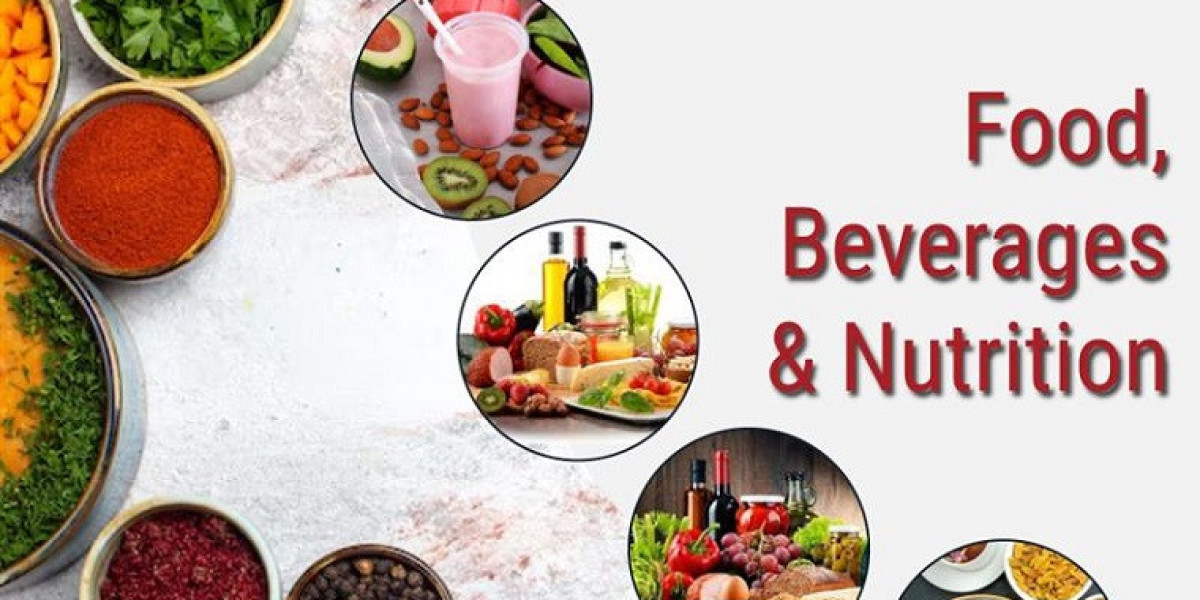As global agricultural and livestock sectors come under pressure to reduce environmental footprint, improve resource efficiency, and meet regulatory mandates, input technologies that deliver both performance and sustainability become essential. Zinc methionine chelates offer a unique value proposition in this space.
Environmental Challenge of Mineral Use
Traditional inorganic minerals in feed or fertilizers often end up partially unused—precipitated, bound to soil compounds, or excreted. This inefficiency results in:
Mineral runoff into water systems
Soil accumulation, potential toxicity or imbalance
Economic loss via wasted input
Chelated minerals mitigate many of these issues by improving absorption and limiting antagonistic reactions. Zinc methionine chelates, in particular, help reduce excretion and leaching.
Sustainability Benefits
Lower Applied Doses for Equivalent Effectiveness
Because absorption is more efficient, less total zinc needs to be applied, reducing resource input.Reduced Runoff & Leaching
Less unabsorbed zinc means lower environmental pollution risks and compliance with runoff regulations.Better Matching with Nutrient Cycles
Precision dosing supports responsible nutrient management and avoids over-application.Improved Feed Conversion & Animal Efficiency
Healthier animals with better mineral status may require less supplemental input overall, reducing feed wastage.Alignment with Eco-Labels / Certifications
As food brands and regulators emphasize “clean,” “green,” or “low-impact” inputs, chelated minerals can be marketed with sustainability credentials.
Market & Adoption Trends
MRFR’s projection (USD 0.74B → USD 1.48B, CAGR ~6.51 %) signals strong growth, and sustainability is a major underlying driver.
GMI Insights also notes that restrictions on inorganic mineral usage and demand for organic trace minerals are pushing adoption.
Technavio reports the powder form of zinc methionine chelates holds the largest share in the product form segment, driven by ease of handling and incorporation into feed.
Barriers & Tradeoffs
Higher Upfront Cost: Even if chelated forms deliver better efficiency, initial cost may deter price-sensitive buyers.
Need for Field Data & Validation: Many farmers want tangible proof of environmental and yield return before switching.
Regulatory Scrutiny on Environmental Claims: Claims of reduced runoff or environmental benefit may require validation or certification.
Supply Constraints: Ensuring sustainable sourcing of methionine and zinc is essential to back the sustainability branding.
Strategies to Promote Sustainable Adoption
Life Cycle Assessments (LCA): Publish LCA studies showing reductions in inputs, excretion, or runoff relative to inorganic zinc.
Cooperative Demonstration Trials: Partner with universities, NGOs, or extension services to run field trials in varied environments.
Sustainability Certification & Labeling: Aim for eco‐certification or inclusion in sustainability standards for feed or farming.
Tiered Product Lines: Offer “green premium” chelate products alongside cost-competitive standard lines.
Education & Stakeholder Engagement: Engage regulators, agronomists, and customers with data, webinars, and collateral on environmental gains.
Competitive Positioning
Firms that can credibly claim lower waste, environmental footprint, and improved resource efficiency will differentiate more strongly in the future. As policies tighten on nutrient runoff or heavy metal discharge, sustainability may become a competitive necessity, not just a marketing differentiator.
Outlook
As sustainability becomes central to agriculture, chelated minerals will likely see broader acceptance—not just for performance but for compliance, brand story, and environmental risk mitigation.
By emphasizing measurable environmental benefits, well-documented efficiency gains, and credible certifications, zinc methionine chelates can ride the wave of green transformation in farming and nutrition.



